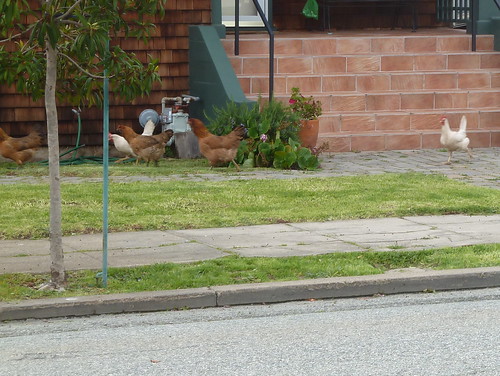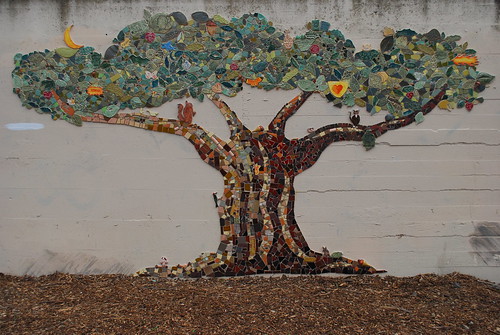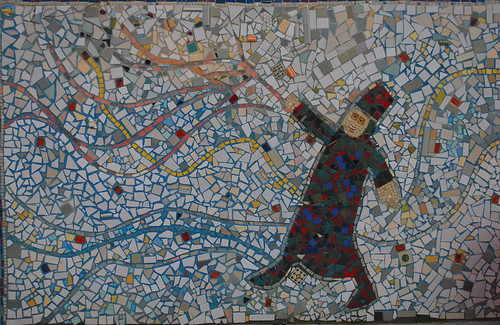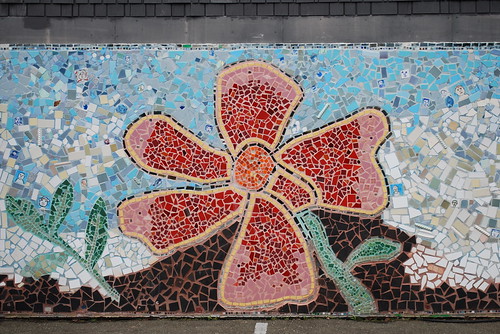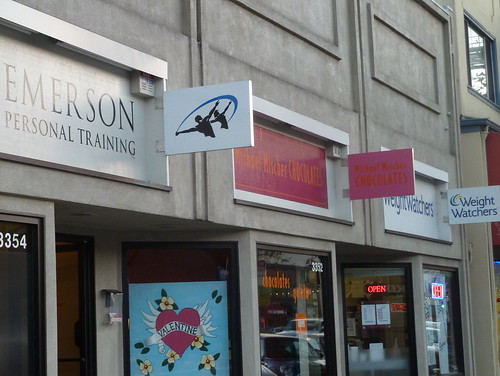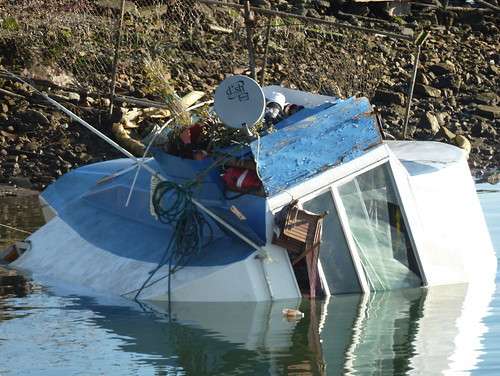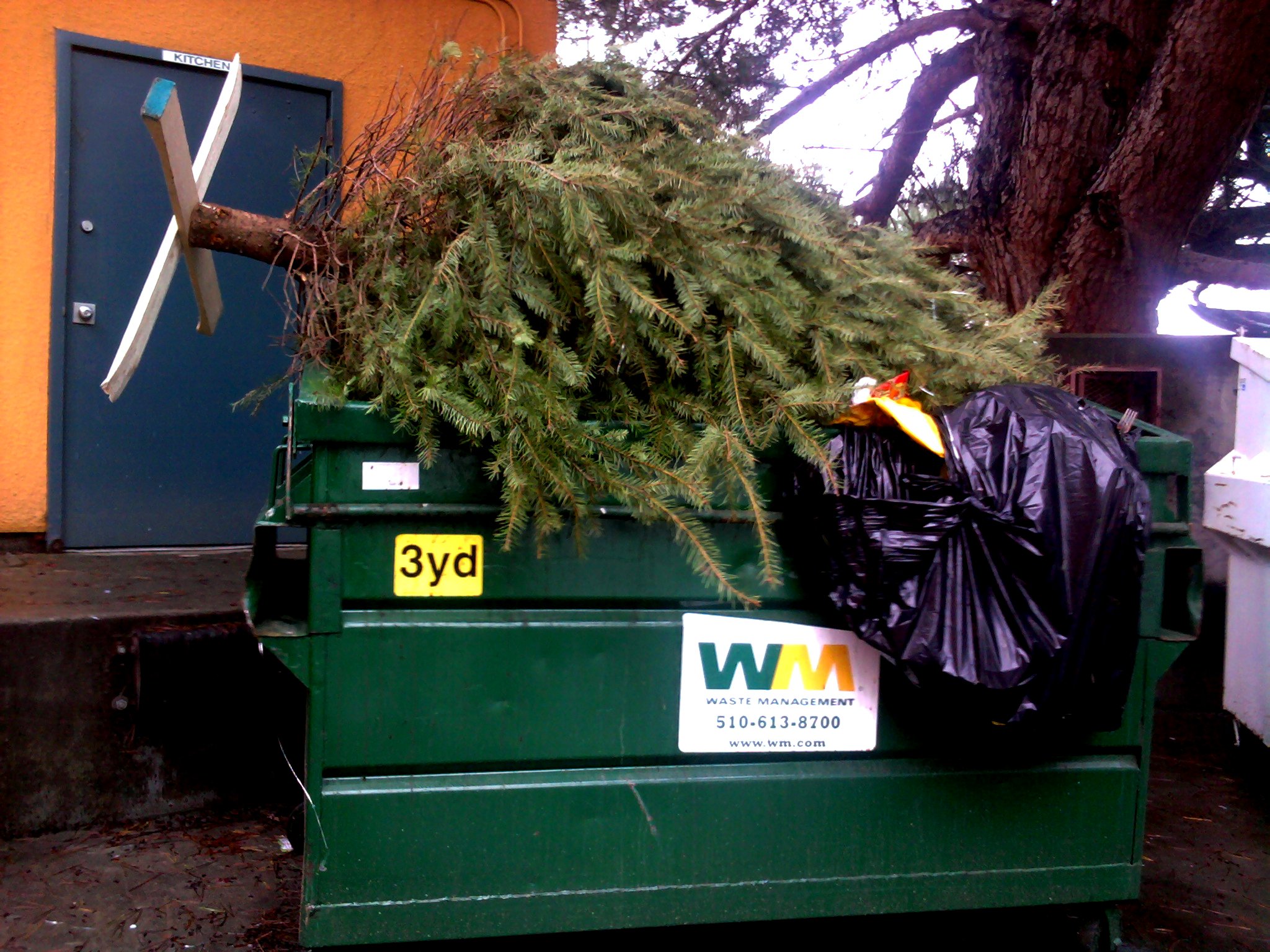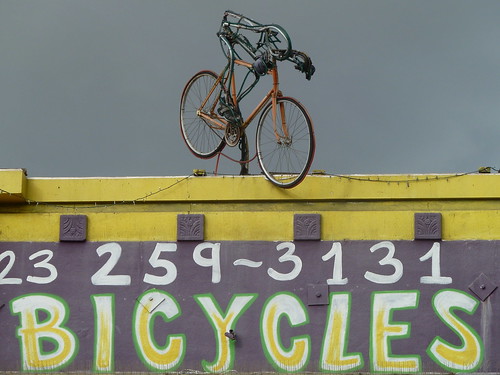“…at once it struck me, what quality went to form a Man of Achievement especially in literature & which Shakespeare posessed so enormously—I mean Negative Capability, that is when man is capable of being in uncertainties, Mysteries, doubts, without any irritable reaching after fact & reason…”
—Keats, in a letter to his brothers
I noted on the eve of the World Cup that soccer appeals to romantics worldwide. The Cup’s many egregious refereeing blunders offered an interesting example of this sensibility. Many viewers were baffled by FIFA’s resistance to the use of video replays or other innovations which would determine with more certainty whether, say, the ball crossed the line into the goal. Hockey uses technology to determine whether the puck goes into the net, tennis uses technology to settle disputed line calls, but soccer continues to rely almost entirely on the eyesight of one referee and his (or her!) two sideline assistants. Calls for change are fiercely resisted, however, by purists who argue that “uncertainties, Mysteries, doubts” are an essential part of the game. As at least one wag pointed out after Frank Lampard’s clear goal for England against Germany was not counted, if you reduced the imperfections and uncertainties in the officiating, then it would ruin the game, because people wouldn’t have anything to argue about at the pub after a match. (As Joni Mitchell sings, “All romantics meet the same fate someday/Cynical and drunk and boring someone in some dark cafe.”)
Whatever one thinks of the FIFA authorities, no one can accuse them of any “irritable reaching after fact & reason.” Inexpensive innovations such as an additional official behind each goal to see whether a ball has crossed the line, or to look out for fouls in the crowded penalty area, have not been widely adopted. Video replays of any sort are resisted because they would interrupt “the flow of the game.” Timekeeping is also fuzzy, with the head referee given wide discretion to add on extra time as he sees fit (or, as happened in Almeria’s 8-0 loss to Barcelona on Saturday, a referee might blow the final whistle a few seconds before full time has elapsed in order to put a badly losing side out of its misery). It’s no wonder that the romantic Brazilians love the sport which is known as the beautiful game. There are stories, which are too good to double-check, about the Brazilian national team returning victorious from international tournaments, but being greeted coldly by fans because they hadn’t won with sufficient style—playing beautiful soccer was apparently more important than winning. “Beauty is truth, truth beauty,” indeed. (In that letter to his brothers, Keats goes on to say that “with a great poet the sense of Beauty overcomes every other consideration, or rather obliterates all consideration.” Substitute “great footballer” for “great poet,” and many Brazilian futebol fans might agree.)
Contrast this with American football, where irritable reaching after fact & reason is taken to extremes. Video replays, official challenges, resetting the clock by one or two seconds after a play so as to create an illusion of timekeeping exactitude—these are all efforts to pretend that uncertainty can be overcome. Even the officials, who swarm the field in large numbers, wear black and white uniforms, sending a sartorial message that there are no gray areas when it comes to their rulings—rulings which are announced via wireless microphone through the stadium’s PA system, as if from the voice of God Himself. This pretense of precision and infallibility may reach its apotheosis in the 10-yard chain, which is hauled out onto the field in order to adjudicate first downs. While everyone waits with bated breath to find out whether the football’s nose is sniffing a blade of grass half an inch beyond the chain’s end, it is rarely pointed out that the ball was placed in that spot by a human official, who was more often than not just eyeballing where the ball was located when the forward momentum of a runner was stopped, or when a receiver’s knee hit the ground. And an equally subjective judgment was probably used to determine where the other end of the 10-yard chain was placed on the previous first down. But no matter—the chain is carried onto the field with great ceremony and gravitas, and players from both teams huddle around with quiet deference to await their fate.
What does any of this have to do with politics? Good question! Some of the close results in this year’s elections made me reminisce about the disputed 2000 election, and whenever there’s a close election, I’m reminded of how contingent and haphazard our electoral process can seem. Running elections the way soccer referees run matches is not really an option—even the most romantic spectator of the political game would probably not want an electoral system that stubbornly resisted all efforts toward greater accuracy and precision. So we have no choice but to run our elections more like American football games, with all sorts of detailed rules and processes for ensuring—or at least giving the impression of—a fair and accurate result.
Most political races aren’t especially close, so we can pretend that a platonic assessment of the will of the people has been achieved. (56.32 percent! It’s that most elusive prey on the political savanna—a mandate!) Â In truth, however, the best we can probably hope for is to avoid gross electoral fraud, and when a race comes down to a matter of a few tenths of a percentage point, then we might as well flip a coin. Of course we need some non-random process for determining a winner, so we have procedures in place, and legal observers from the campaigns, and court battles about whether misspelled write-in votes or hanging chads should be counted as valid votes. These procedures are all necessary, to be sure, but they’re a bit like the 10-yard chain in football—they introduce the appearance of precision into a process which is full of potential for human error and contigent on everything from what the weather is on election day to whether or not voters understood how their ballots would be counted, or a plethora of other factors.
I’m not arguing, obviously, that elections should be governed more like soccer than football. Muttering curses about the “blind” referee into one’s pint of ale might be a valuable part of soccer fandom, but it just won’t suffice in politics, where more is at stake than mere money and pride. The 10-yard-chain may seem slightly preposterous to me—an irritable reaching after fact and reason—but at least it provides a means for coming to a decision and getting on with the game, and until someone comes up with a better system using micro-chipped footballs and lasers (or whatever), the 10-yard-chain does the trick. Similarly, the rickety legal and technological apparatus used to conduct elections may be vulnerable to uncertainty and error, but we need a way of picking winners and getting them into office, so we do what we can with the tools we have and hope that the race is not too close.
What’s my point, you might justifiably wonder? I’ll ally myself with Keats, so you’ll find no irritable reaching after any grand point here; I’m just musing on the vagaries of the sport of politics. Perhaps my view of the electoral process as inevitably messy and flawed explains why I am so sanguine about candidates exploiting loopholes in campaign finance laws and similar sins. Complaints about how a certain candidate is not “playing fair” or following the “spirit” of a law just don’t seem to move me unless there’s some really major skulduggery going on. Like American football, politics can be exciting to watch, with moments of inspired beauty, but it’s still fundamentally an ugly game.

